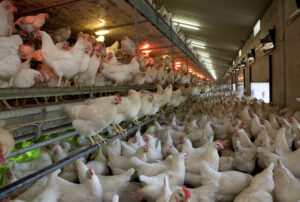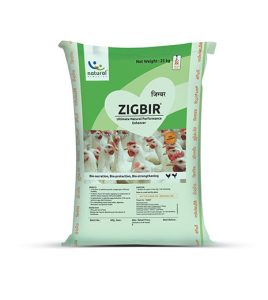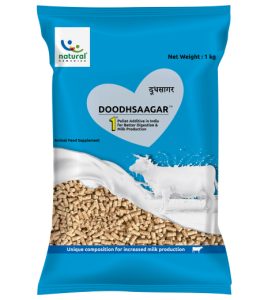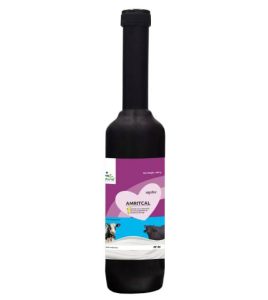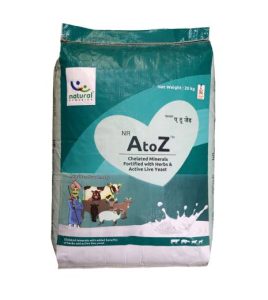Poultry production has evolved significantly over the years, with increasing focus on optimizing feed efficiency, gut health, and performance. One critical nutritional factor influencing all these parameters is Non-Starch Polysaccharides (NSPs). Present in common feed ingredients such as wheat, barley, oats, and soybean meal, NSPs play a complex role in poultry nutrition, affecting both nutrient utilization and gut function.
What Are NSPs?
NSPs are carbohydrate components of plant cell walls that are not easily digested by poultry due to the lack of endogenous enzymes to break them down. They can be classified into two main types:
- Soluble NSPs – These dissolve in water to form viscous gels (e.g., arabinoxylans, β-glucans).
- Insoluble NSPs – These contribute to fiber bulk but do not dissolve in water (e.g., cellulose).
Each type has a different physiological impact on poultry, influencing digestion, nutrient absorption, and overall health.
How NSPs Affect Poultry Nutrition
1. Increased Gut Viscosity
Soluble NSPs, particularly from cereals like wheat and barley, increase the viscosity of digesta in the small intestine. This thickened gut environment slows down the movement of nutrients and reduces their absorption, leading to poor feed efficiency and growth rates. The increased viscosity can also create conditions that favor undesired microbial proliferation.
2. Nutrient Encapsulation
Insoluble NSPs can encapsulate nutrients such as starch and protein within plant cell walls. Since birds cannot break down these complex structures effectively, a portion of the nutrients remains inaccessible, lowering the feed’s nutritional value.
3. Impact on Gut Health
NSPs can modulate the gut microenvironment. In moderate levels, certain NSPs can promote beneficial microbial activity in the lower gut, contributing to improved gut health. However, in higher concentrations, they may lead to excessive fermentation, increased water retention in the intestine, and a higher risk of loose droppings.
4. Feed Conversion Efficiency
High NSP levels, especially when unaddressed, negatively impact feed conversion ratios (FCR). Birds consume more feed to achieve the same growth targets, which raises production costs and reduces sustainability.
Strategic Approaches to Managing NSPs
Managing the impact of NSPs in poultry diets involves careful formulation and ingredient selection. Inclusion of NSP-degrading enzymes such as xylanases and β-glucanases is one of the most effective strategies to counteract the negative effects. These enzymes help break down NSPs, reduce gut viscosity, and release encapsulated nutrients, thereby enhancing nutrient digestibility and supporting optimal growth.
Additionally, choosing feed ingredients with a lower NSP content or using pre-processed ingredients with improved digestibility can also contribute to better outcomes.
Conclusion
While NSPs are often viewed as anti-nutritional factors, understanding their behavior and effects in poultry nutrition offers an opportunity to manage and mitigate their impact. With targeted nutritional strategies, producers can enhance nutrient utilization, maintain gut health, and support better flock performance. Recognizing the role of non-starch polysaccharides is essential in formulating efficient and balanced poultry diets in modern poultry production systems.



